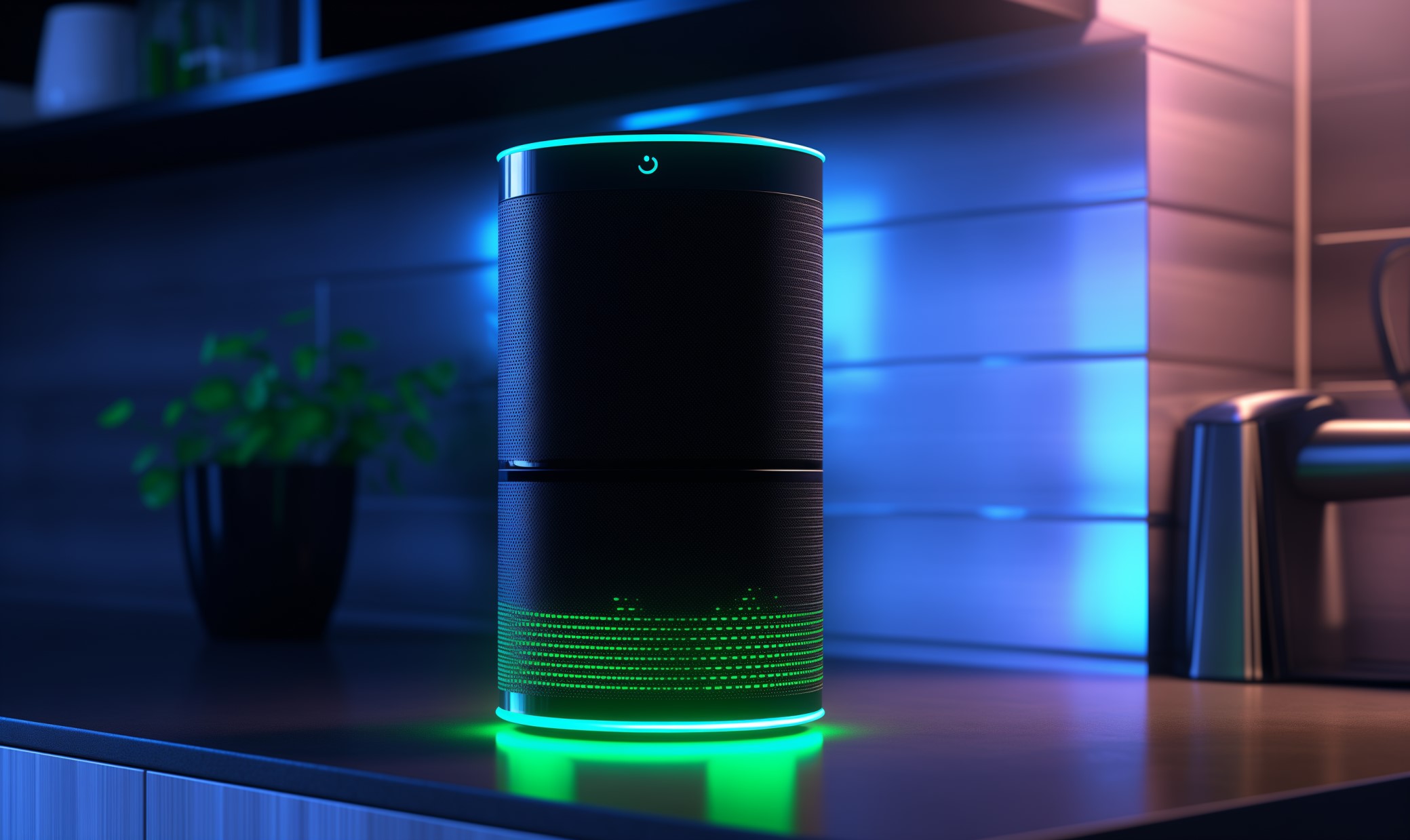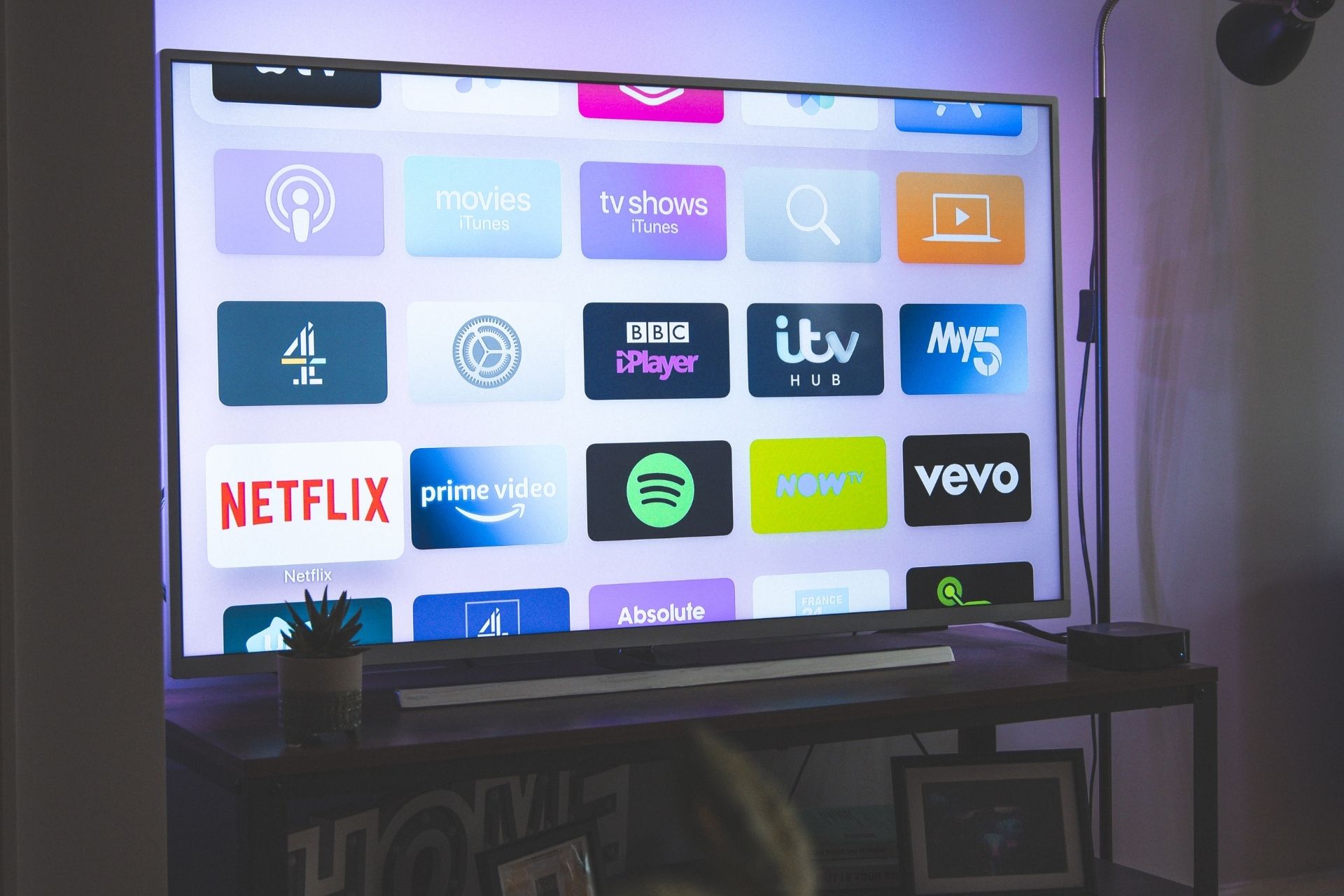Despite the disruption to the economy caused by COVID-19, some projects are moving forward as planned. Companies continue expanding their Internet of Things (IoT) fleets as telecommunication businesses move full steam ahead with 5G implementation — the next generation of cellular network technology — across the country.
This article covers how both 5G and the Internet of Things are progressing despite current instability.
Telcos Overcome 5G Roadblocks
Telecommunication companies originally began rolling out 5G last year, but deployment was slow due to several factors. These circumstances included limited consumer adoption of 5G-ready phones, regulatory pushback and the lack of a new modem that would allow smartphones to connect to both 5G and 4G networks.
Telcos were given the go-ahead by the Federal Communications Commission (FCC) last year, despite meteorologists’ protests and evidence that 5G would degrade the quality of weather data. Qualcomm also released a new modem compatible with 5G, 4G and legacy networks, and consumer adoption of 5G seemed to be picking up. For a moment, the conditions looked perfect for 5G’s roll-out.
Then, in late February and March, the coronavirus outbreak spread to the United States, and many new construction and telecommunications projects were put on hold. Consumer demand for new tech dropped sharply. Some commentators began predicting another bad year for 5G. They anticipated the tech’s deployment would likely be delayed until 2021 or after the crisis ended.
Now, however, it seems like telecommunications companies are going to push onward — and 5G may be deployed ahead of schedule as a result. In late May, Verizon released a press statement saying the company planned to accelerate its 5G implementation. The business plans to bring its 5G network to San Diego, create a virtual lab to test 5G technology and generally expand coverage. AT&T announced plans to expand its 5G network and bolster 4G LTE coverage the same month.
Simultaneously, major government bodies both in and outside the U.S. are looking to speed up 5G’s launch. The European Commission, in a report proposing an $826 billion recovery package for Europe, said the EU “will need to invest in more and better connectivity” in the form of rapid 5G deployment.
Why 5G Is Key to New IoT Applications
The expansion of 5G despite the economic slowdown is good news for companies adopting the Internet of Things. 5G is essential for many new applications of IoT technology.
While it’s possible to run a large-scale IoT fleet on a 4G network, 5G comes with new technology that makes these applications of IoT tech much more practical. These technologies include massive multiple-input and multiple-output (MIMO), which improves cell towers’ ability to handle vast numbers of connections at the same time. Another form includes edge computing tech that distributes key network functions to the network edge, improving connections for devices at the system’s fringes.
As IoT fleets grow larger and the number of consumer IoT devices increases, more electronics attempt to connect to the same cell towers to send and receive data. Meanwhile, new IoT devices that need high-speed connections are becoming more common. Some of these include self-driving cars, which rely on the network for navigation and image processing, and sensors that provide companies with real-time data.
At the moment, IoT pilot programs and the expansion of existing projects have slowed due to the coronavirus outbreak. The IoT industry has taken hits to demand similar to those felt by other major tech sectors. The long-term benefits of new projects and technology will likely outweigh the short-term impacts, however.
The Future of 5G and the IoT
For the moment, 5G tech is limited to a few major cities, limiting its use for consumers and businesses in rural areas. Fortunately, 5G deployment does seem to be accelerating, and the tech may become widely available over the next few years.
The economic disruption caused by COVID-19 will probably be long-lasting. IoT and telecommunications might be two of the few industries that will weather the crisis and expand during instability.
Recent Stories
Follow Us On
Get the latest tech stories and news in seconds!
Sign up for our newsletter below to receive updates about technology trends














